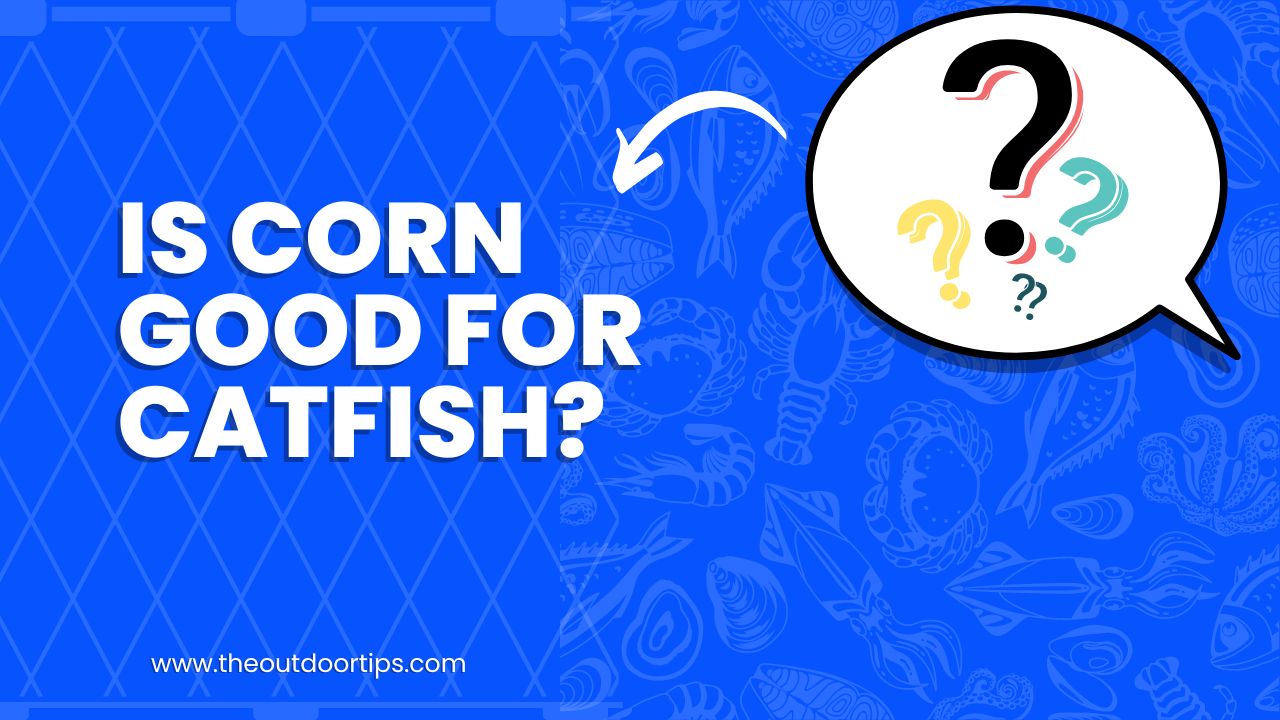In the world of catfish nutrition, questions often arise about the suitability of various foods. One such query is whether corn is good for catfish. The diet of catfish plays a pivotal role in their growth and health, and understanding the role of corn in their nutrition is essential. In this comprehensive exploration, we delve into the benefits, considerations, and potential implications of incorporating corn into catfish diets.

Short Answer: Corn can be a valuable dietary component for catfish due to its energy content and economic advantages. However, its use requires careful consideration to ensure a balanced and nutritionally complete diet.
The Nutritional Perspective
Corn as a Nutritional Source
Corn, a staple crop worldwide, holds potential as a dietary component for catfish. Its composition includes carbohydrates, proteins, fiber, and essential nutrients. However, determining whether corn is good for catfish involves a deeper examination of its nutritional value and how it aligns with the dietary needs of these aquatic creatures.
Protein Content and Amino Acids
While corn contains protein, its protein content is lower compared to other common catfish feed ingredients like fishmeal or soybean meal. Amino acids, the building blocks of proteins, are vital for catfish growth. Corn is relatively deficient in certain essential amino acids that catfish require for optimal development.
Energy Source and Carbohydrates
Energy in Corn
Corn is known for its high carbohydrate content, making it a potential energy source for catfish. Energy-rich diets are crucial for sustaining the metabolic functions of catfish, especially during active periods of growth and reproduction. The carbohydrates in corn can contribute to the energy needs of catfish, but the balance between energy and other nutrients is key.
Advantages of Using Corn
Economic Considerations
Corn is widely available and economically viable, making it an attractive option for catfish farmers. Its cost-effectiveness compared to other feed ingredients can significantly impact the profitability of catfish aquaculture operations. However, while corn can be cost-efficient, its nutritional value should not be overlooked.
Stimulating Appetite
The palatability of feed is crucial for catfish consumption. Corn’s natural sweetness and appealing texture can enhance feed palatability, encouraging catfish to consume their diet more readily. This can be particularly advantageous for catfish farmers seeking to optimize feed utilization.
Considerations and Potential Drawbacks
Nutritional Imbalance
Despite its benefits, corn alone is unlikely to provide all the nutrients catfish need for optimal growth. Relying solely on corn as a dietary component could result in nutritional imbalances, including deficiencies in essential amino acids and other vital nutrients. Therefore, incorporating other protein-rich and nutritionally balanced ingredients remains crucial.
Digestibility Challenges
The digestibility of corn in catfish can vary based on factors such as processing methods and particle size. Incomplete digestion can lead to nutrient wastage and potentially affect catfish growth. Proper processing and formulation techniques are essential to enhance corn digestibility and its utilization by catfish.
Case Studies and Practical Applications
Practical Implementations
Real-world experiences shed light on the effectiveness of using corn in catfish diets. Case studies and field trials provide insights into the growth performance, feed conversion ratios, and economic implications of incorporating corn. These studies contribute to a broader understanding of the practical benefits and challenges associated with corn-based diets.
Conclusion:
Is corn good for catfish? The answer lies in the careful evaluation of its advantages and limitations. While corn can serve as an energy-rich and cost-effective dietary component, it must be part of a balanced and nutritionally complete feed.
